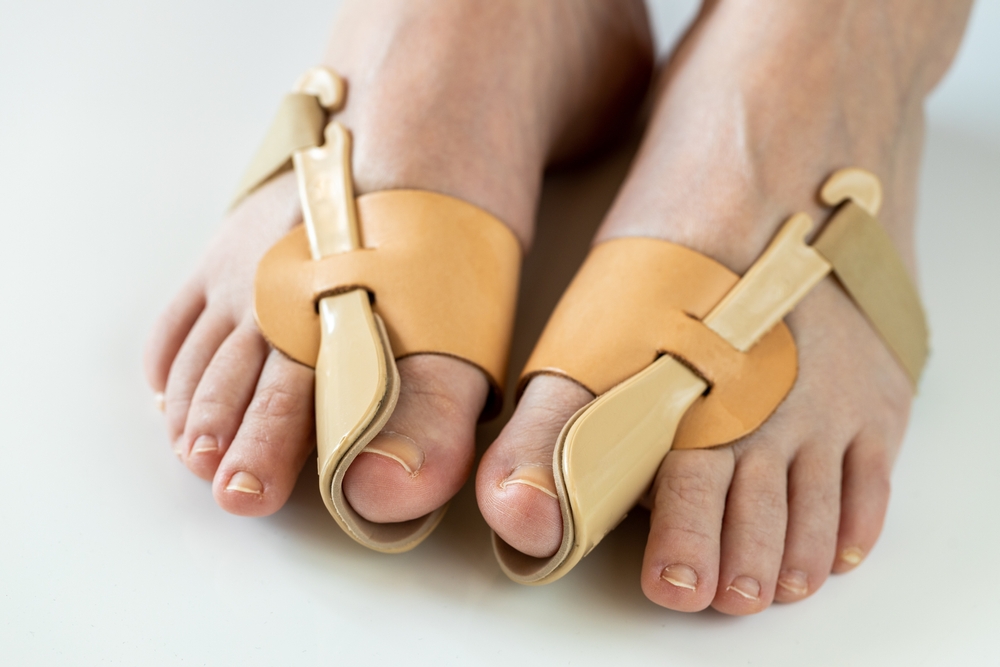Image Source: Google
Dealing with bunions can be a painful and frustrating experience. These bony bumps that form on the joint at the base of the big toe can make walking uncomfortable and even affect your choice of footwear. If you're suffering from bunion blues, don't worry – there are expert-approved treatment strategies that can provide you with lasting relief. In this article, we will explore some of the most effective ways to manage and bunions surgery, so you can get back on your feet pain-free.
Understanding Bunions
Before we delve into treatment options, let's first understand what bunions are and what causes them. Bunions are bony bumps that develop on the joint at the base of the big toe. They form when the big toe pushes against the next toe, forcing the joint of the big toe to get bigger and stick out. Bunions can be caused by various factors, including:
Causes of Bunions:
- Genetic predisposition
- Wearing tight, narrow shoes
- Foot injuries
- Arthritis
- Abnormal foot mechanics
Now that we have a better understanding of what causes bunions, let's explore some expert-approved treatment strategies for lasting relief.
Treatment Strategies
1. Footwear Modifications
One of the first steps in managing bunions is to wear shoes that provide ample room for your toes and do not squeeze or put pressure on the bunion. Here are some tips for choosing bunion-friendly footwear:
- Opt for shoes with a wide toe box
- Avoid high heels and opt for shoes with a lower heel
- Choose shoes made of soft materials that can accommodate the bunion
2. Orthotic Inserts
Orthotic inserts can help redistribute pressure on the foot and provide support to the arch, which can alleviate bunion pain. Custom orthotics can be made by a podiatrist to suit your specific foot shape and address any biomechanical issues contributing to the bunion.
3. Padding and Taping
Using padding and taping techniques can help reduce friction and pressure on the bunion, providing relief from pain and preventing further irritation. Toe spacers or bunion pads can also be used to cushion the bunion and reduce discomfort.
4. Physical Therapy
A physical therapist can teach you exercises to strengthen the muscles in your feet and improve joint mobility. Physical therapy can also help correct any gait abnormalities that may be exacerbating the bunion.
5. Medications
Over-the-counter pain medications like ibuprofen or acetaminophen can help reduce inflammation and alleviate bunion pain. In some cases, a podiatrist may prescribe cortisone injections to provide temporary relief from severe pain and inflammation.
6. Surgical Options
If conservative treatments fail to provide relief and the bunion is causing severe pain and deformity, surgery may be recommended. Bunion surgery involves realigning the bone, ligaments, and tendons to correct the deformity and alleviate pain.
Prevention Tips
While some factors contributing to bunions, such as genetics, cannot be prevented, there are steps you can take to reduce your risk of developing bunions or slow down their progression:
Preventive Measures:
- Avoid wearing tight, narrow shoes
- Choose footwear with a wide toe box
- Maintain a healthy weight to reduce pressure on your feet
- Practice good foot hygiene and moisturize regularly
- Stretch and strengthen your feet regularly
Final Thoughts
Dealing with bunions can be challenging, but with the right treatment strategies and preventive measures, you can find lasting relief and improve your quality of life. Whether you opt for conservative treatments or require surgical intervention, it's essential to consult with a qualified healthcare provider to develop a personalized treatment plan that meets your needs. Don't let bunion blues hold you back – take proactive steps to address your bunions and get back on your feet pain-free.
